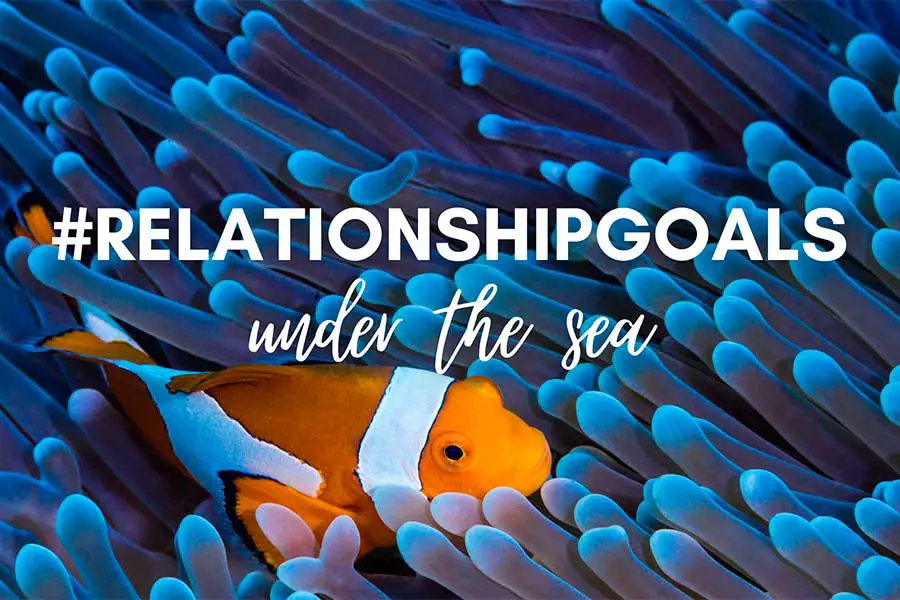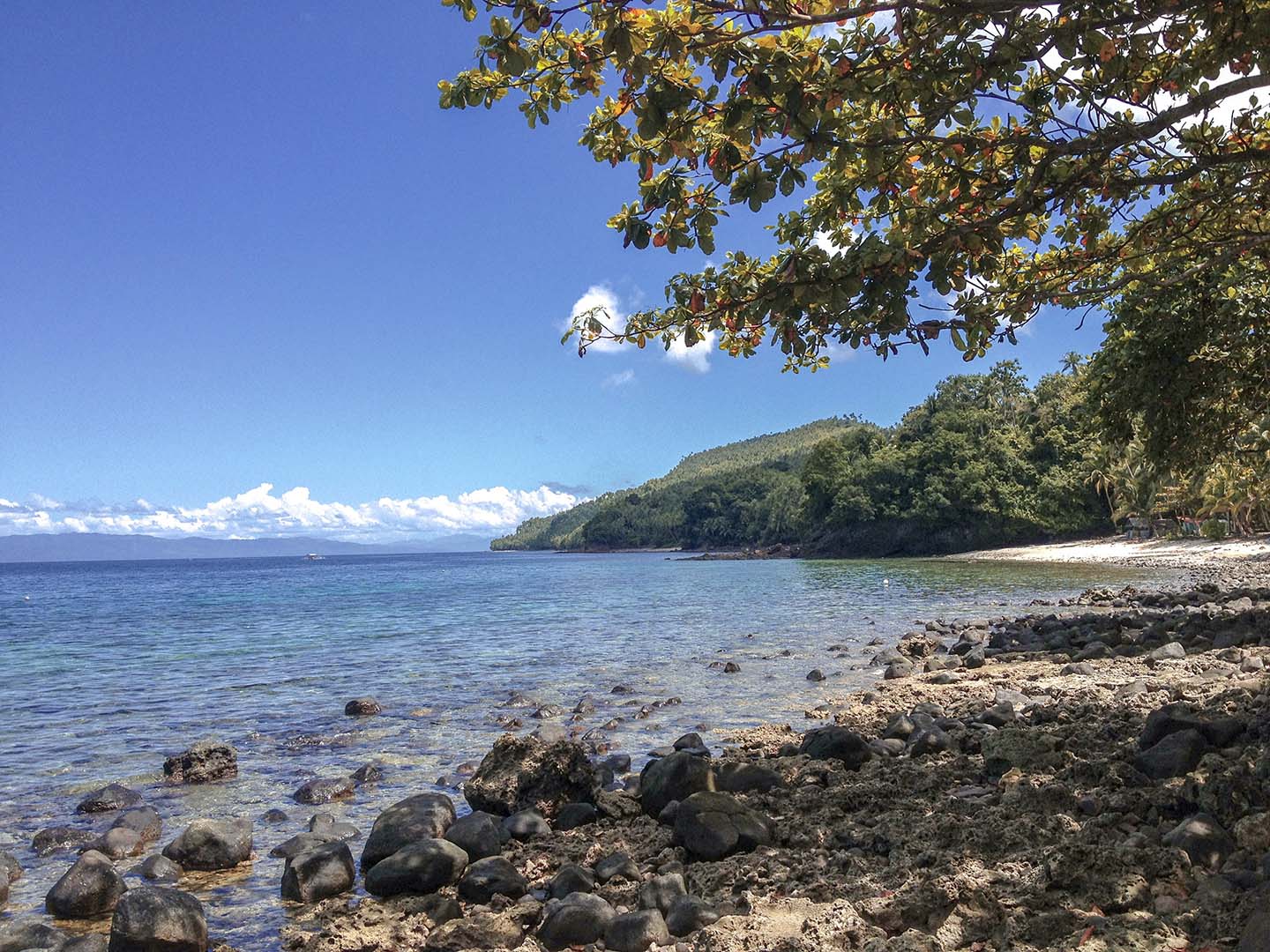Because it is the month where we celebrate National Make a Friend Day, Valentine’s day and Single Awareness day, it is only fitting we talk about relationships! In this article I will share 6 fascinating mutualism examples in the ocean. Continue reading to find out the different symbiotic relationships that occur under the sea.
The ocean is home to many organisms- from tiny fishes to giant whales, from colorful sponges and corals to crusty crustaceans. And let’s not forget the cute and cuddly or the creepy crawlies. The ocean is filled with the wonderful and weird, and the diversity is simply astounding.
Sometimes it makes you wonder, with millions of creatures inhabiting the same space, how are they able to survive and thrive? Well, it’s because animals, like us humans, also form relationships.
These interactions create a balance within the ocean ecosystem. And while it does create balance, sometimes these relationships among species are not equally advantageous to the species involved.
Other species might be gaining from the relationship while others are unaffected or even get harmed. Some interactions will be mutually beneficial while other relationships may be more valuable to only one party.
And, yes, we are still talking about the ocean and not your relationships with your exes or current partners!
These living or cohabitation arrangements formed among species are collectively known as symbiosis.
What are the different kinds of symbiotic relationships in the ocean?
Symbiosis is defined as the interaction between members of two different species living in a close physical association. These associations can vary from being beneficial to both parties to being unfavorable or harmful to the other.
Symbiotic relationships in the ocean can be classified further as parasitism, commensalism, and mutualism.
Parasitism in the ocean
Parasitism relationships happen when one species benefits and the other is harmed. In this symbiotic relationship, the species can either be the parasite or the host. The parasite species, even if it is smaller in size takes advantage of the host species. In a parasitic relationship, the host is harmed and does not receive any benefits from its parasite.
While parasitism plays an integral part of the ocean ecosystem, parasitic infestations can increase at alarming rates and can be bad for the ocean too. Parasites can kill some of their hosts or make them vulnerable to other species. This affects the population and causes an imbalance in the ecosystem.
In this educational video, you can see how the isopod parasites are removed from mud shrimp species in order to help them.
In layman’s terms, parasitism is when someone sucks the life out of you. They’re pesky little buggers that latch on to you causing you more harm than good. These parasites need to be plucked out and removed from your life!
I am sure you can think of one or two persons whom you’ve had a parasitic relationship with. My advice, similar to the video, remove those parasites and throw them in the compost bin!
Commensalism relationships in the ocean
Commensalism relationships happen when one species benefits by living with, on, or in another species, known as the host, and the host neither benefits nor is harmed in the partnership.
One example of commensalism in the ocean is the remora and the sea turtle. You can often find a remora swimming close to a sea turtle. They do this to get food from the sea turtle as it feeds. The turtle is never bothered with the remoras swimming around it and the remoras can happily feed on any food that falls off the turtle’s mouth.
Another commensalism relationship you can find in the ocean is the barnacles on whales. The barnacle, by attaching itself to whales, gets a free ride to plankton-rich waters where it feasts on a buffet of abundant microorganisms. The whales are not harmed by the barnacles on their skin, and I doubt if they really care that the barnacles are there.
My take is that commensalism is basically the euphemism for a free-loading son-of-a-b*tch. No one is really harmed but one is obviously benefiting more from being in the relationship.
Is it bad? Well, the marine species don’t seem to mind, so why should you? That’s just the way the world works, I suppose?
Mutualism
Mutualistic relationships in the oceans are when both species living closely together benefit equally from their relationship. Marine creatures in a mutualistic relationship rely on each other for food, protection, or other life functions.
There are several examples of mutualism in the ocean many of which involves species you wouldn’t even think would get together. They are able to live harmoniously and in fact, they probably prefer to be together because of the many benefits they get by being together.
Just imagine, two completely different species existing and living together in a way that benefits them both.
Isn’t that nice?
#RelationshipGoals if you ask me!
What are mutualism examples in the ocean?
I find these mutualistic relationships the most fascinating among the symbiotic relationships in the ocean. It seems fair and just and no one is being harmed or taken advantage of.
While scuba diving, I get a thrill every time I see these marine animals interacting with each other. Watching these unlikely couples work together and exist harmoniously, I think that’s kinda sweet.
These unexpected pairings are kinda cool, so I thought it would be interesting to share with you 6 mutualism examples in the ocean that we humans can learn from.
1. Clownfish and Anemone Mutualistic Relationship
A popular example of mutualism in the ocean is the relationship between sea anemones and clownfishes. Also known as Nemo for many divers and snorkelers, you can often find these cute fishes in sea anemones. Despite the stinging tentacles of the anemone, clownfishes or anemonefishes are able to live within the anemone.
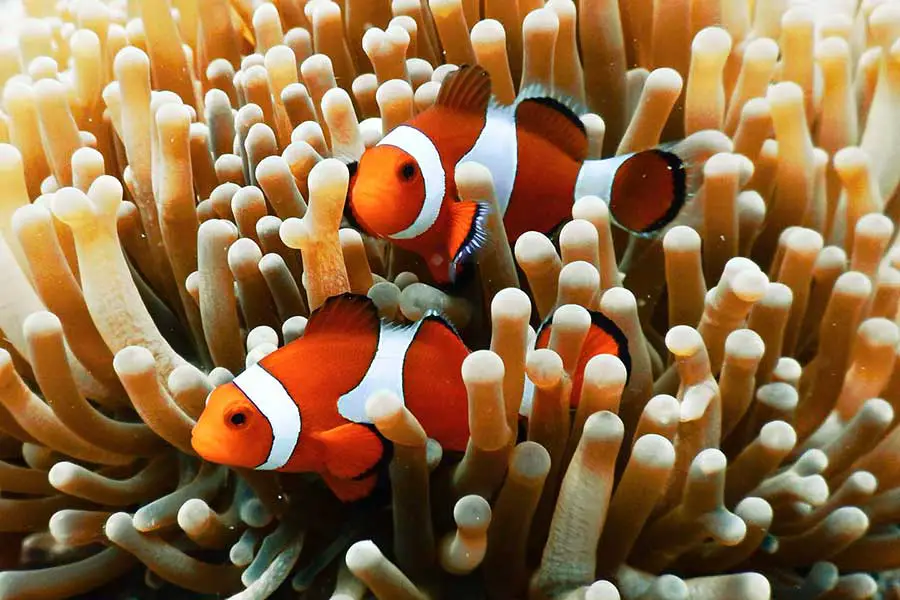
The anemone protects the clownfish and also leaves it food scraps for the clownfish to consume. In return, the clownfish rids the anemone of parasites and even offers the anemone nutrients in to form of fish poo!
Some clownfish are also feisty and territorial and can even ward away predators closing in on the anemone.
I’ve personally had clownfishes come close to me as if to scare me away. It is always amusing to watch when they do this.
2. Porcelain Crab and Anemone Mutualism Relationship
The sea anemone seems to be a sought-after partner under the sea. As it turns out, porcelain crabs also enjoy a mutualistic relationship with sea anemones. When you see an anemone with no clownfishes in it, take a closer look and you just might find a porcelain crab hiding among its tentacles.
Similar to the clownfish, porcelain crabs use the anemone as their home. The porcelain crab is protected from any predator since most sea creatures will get stung by the anemone. In return, the porcelain crab’s meal scraps are also enjoyed by the anemone.
3. Pom-pom Crab and Anemone Mutualism in the Ocean
Another mutualism example in the ocean is the pom-pom crabs which got its name from holding anemones on its claws! Yes, they do look like tiny cheerleaders under the sea.
They’re also known as boxer crabs because these tiny crustaceans can be found walking around with anemones on their pincers like boxing gloves. The boxer crab is able to ward predators away by delivering a stinging punch from the anemone wrapped around its claws.
In return, the anemone is taken for a free ride around the reef to feed wherever the crab goes. Any food leftovers from the pom-pom crab are enjoyed by the sea anemone.
4. Shrimp and Goby Symbiotic Relationship
The shrimp and goby fish relationship is another mutualism example in the ocean. This odd-looking pair lives within the same burrow on the sandy ocean bottom.
The shrimp creates a safe habitat for itself and the goby to live in by digging and maintaining burrows. However, the shrimp has difficulty seeing and detecting predators so its goby partners would flick its tail to warn the shrimp of any danger. With watchful eyes, the goby protects the shrimp by warning it while the shrimp clears gravel from their burrow.
5. Decorator Crab and Sea Sponge Symbiosis
Another example of mutualism in the ocean is the decorator crab which uses sponges to decorate its shell. The decorator crab got its name for its propensity of sticking sedentary animals and plants to its bodies.
Using other marine organisms like sea sponges, decorator crabs are able to camouflage themselves and avoid being caught by predators. In return, the sea sponge is able to expose itself to other feeding opportunities based on the movements of the crab.
6. Corals and Zooxanthellae Symbiosis
Another example of mutualism in the ocean is that between corals and zooxanthellae which is the photosynthetic algae that live within most types of coral polyps.
Zooxanthellae provide corals with food resulting from photosynthesis and in turn, the coral polyps provide the tiny plant cells with a protected environment and nutrients to carry out photosynthesis. The corals produce carbon dioxide and water as byproducts, and these byproducts are used by the zooxanthellae for photosynthesis.
The symbiosis of these two species is one of the most important mutualistic relationships in the ocean. When temperatures of the ocean rise, it can stress out the corals and release the algae from its protective home. If this occurs, we witness coral bleaching.
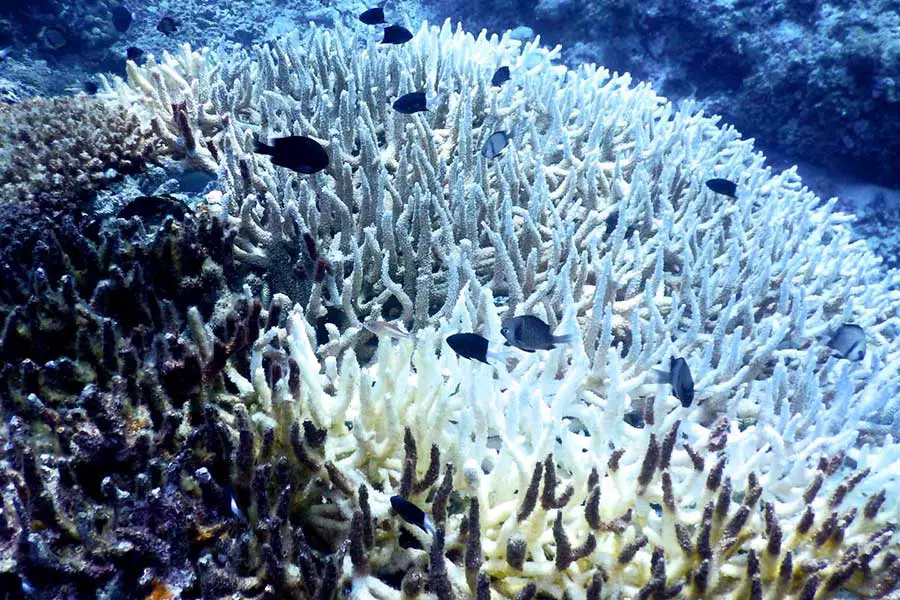
In some rare cases, the corals can recover from the bleaching but if they don’t the corals can eventually die. One cannot simply survive without the other.
We can learn a thing or two about relationships from the ocean. From tiny to tall, colorful to crusty, cute to creepy, we live in a world with so much diversity. We experience the wonderful and the weird every day of our lives.
Along the way, we meet all kinds of people and form relationships. If you look closely enough, we are no different from the creatures in the sea. Or rather they are not so different from us.
There might be someone sucking the life from you. Or perhaps you could be the one leaching off someone else. Some partnerships or friendships are not created equal with some having benefits and others having none.
If you’re lucky enough while exploring this big blue world, you might also find your unlikely pair- the Nemo to your anemone, the pompom on your crab, or the goby to your shrimp. And that would just be #RelationshipGoals
Did you love learning about ocean marine life? Read my article on the 100 Most Popular Marine Life in the Philippines!
Pin this for later!
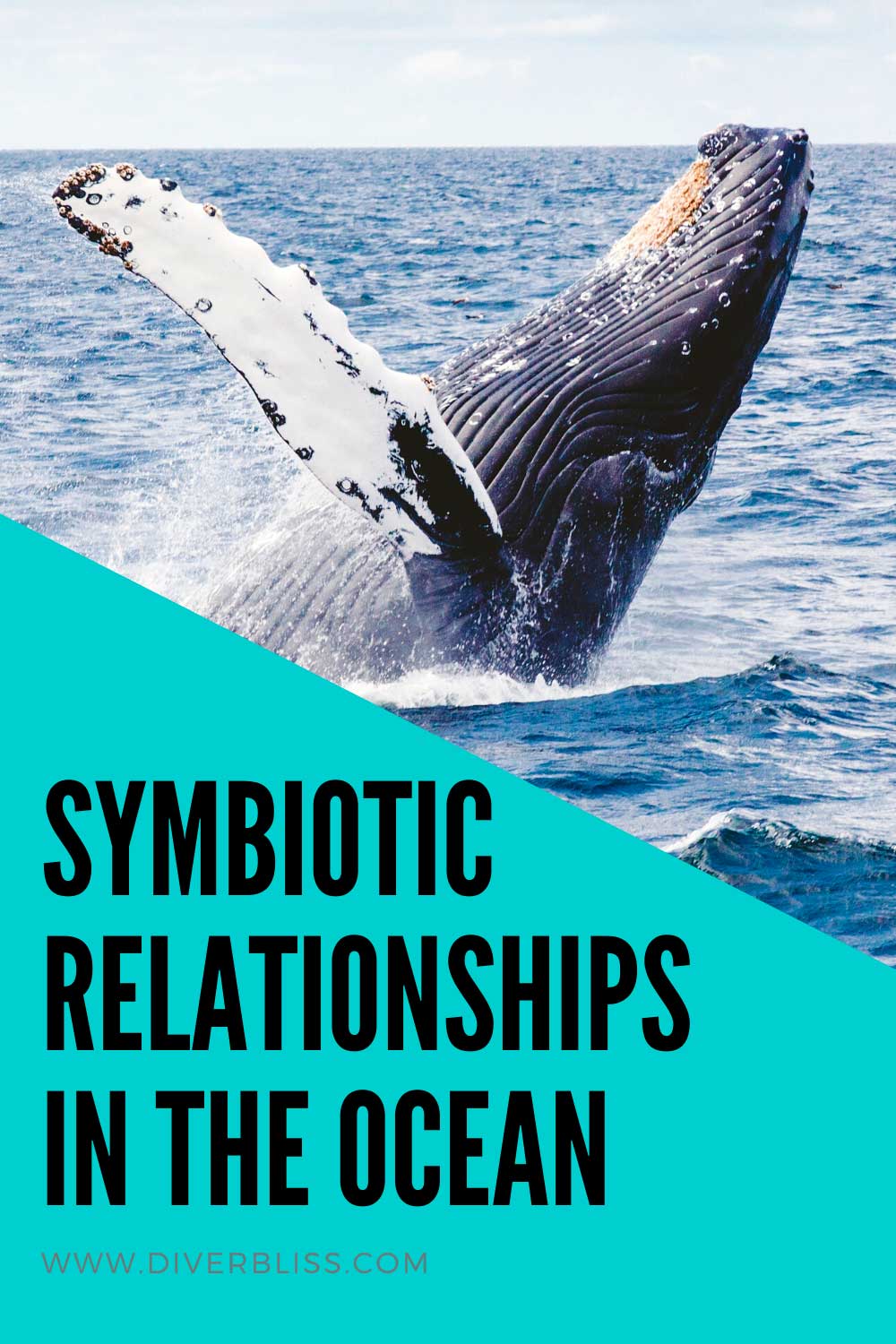
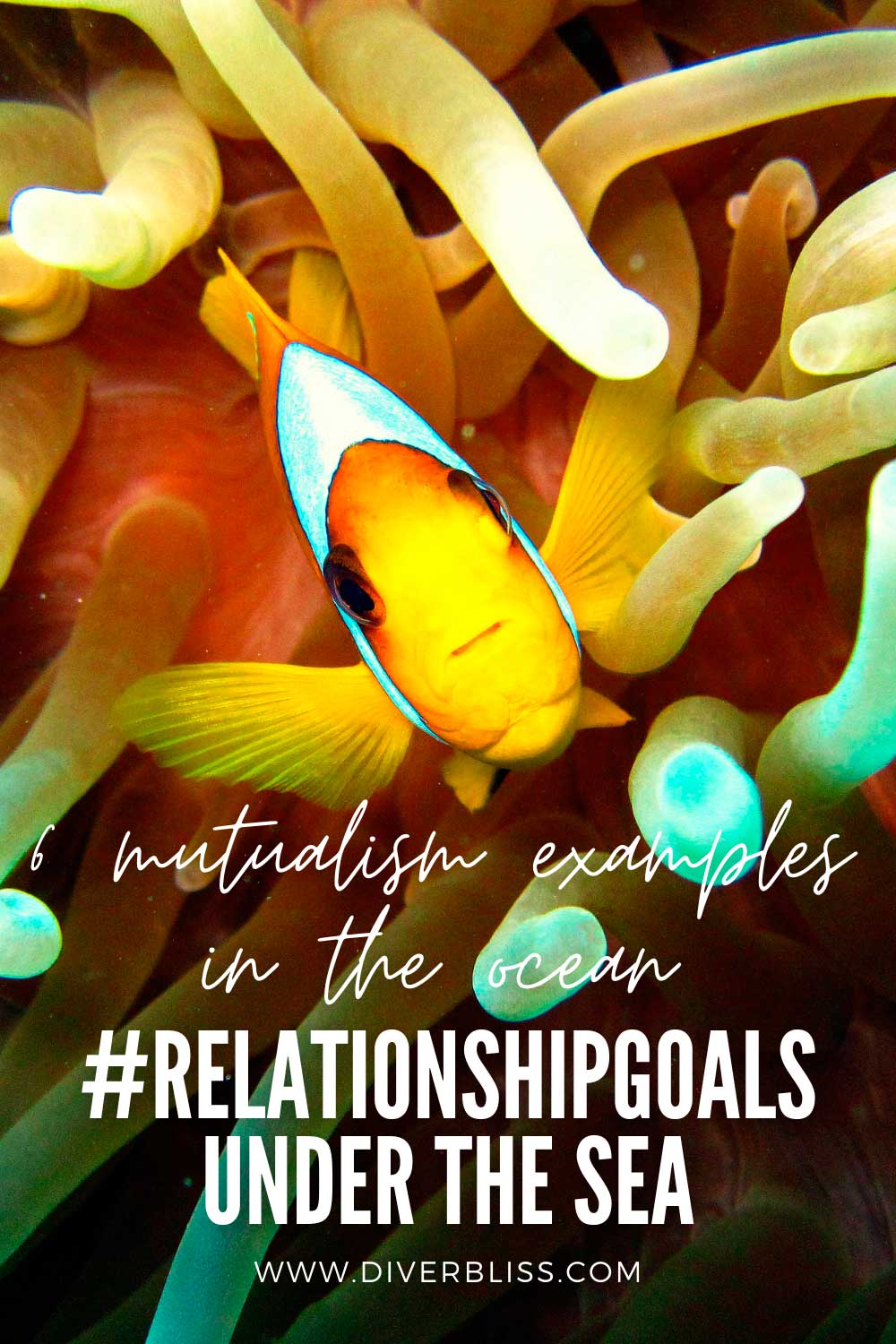
What are mutualism examples in the ocean you know that I failed to mention? Can you think of someone with whom you have a mutualistic relationship? Leave a comment below!
